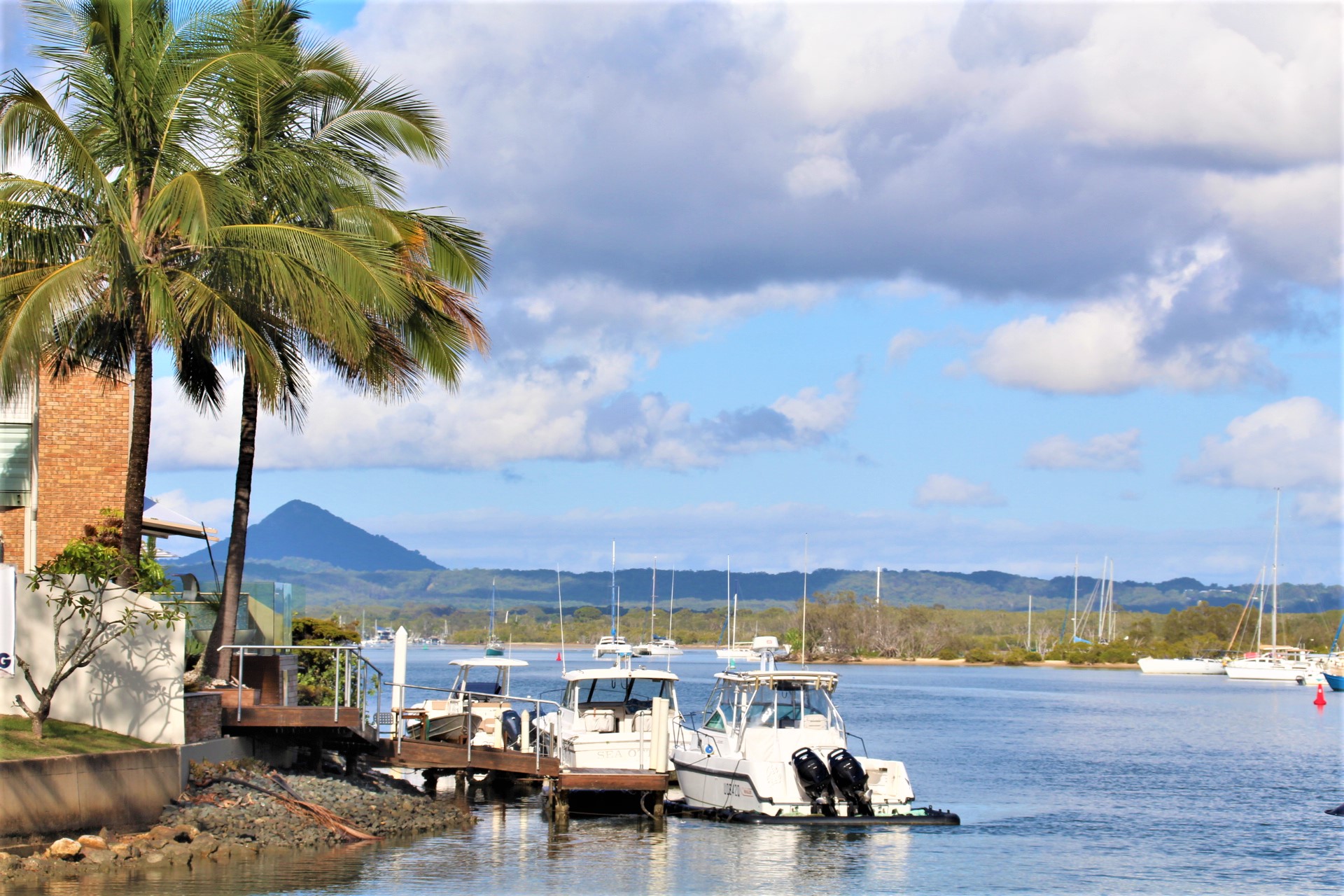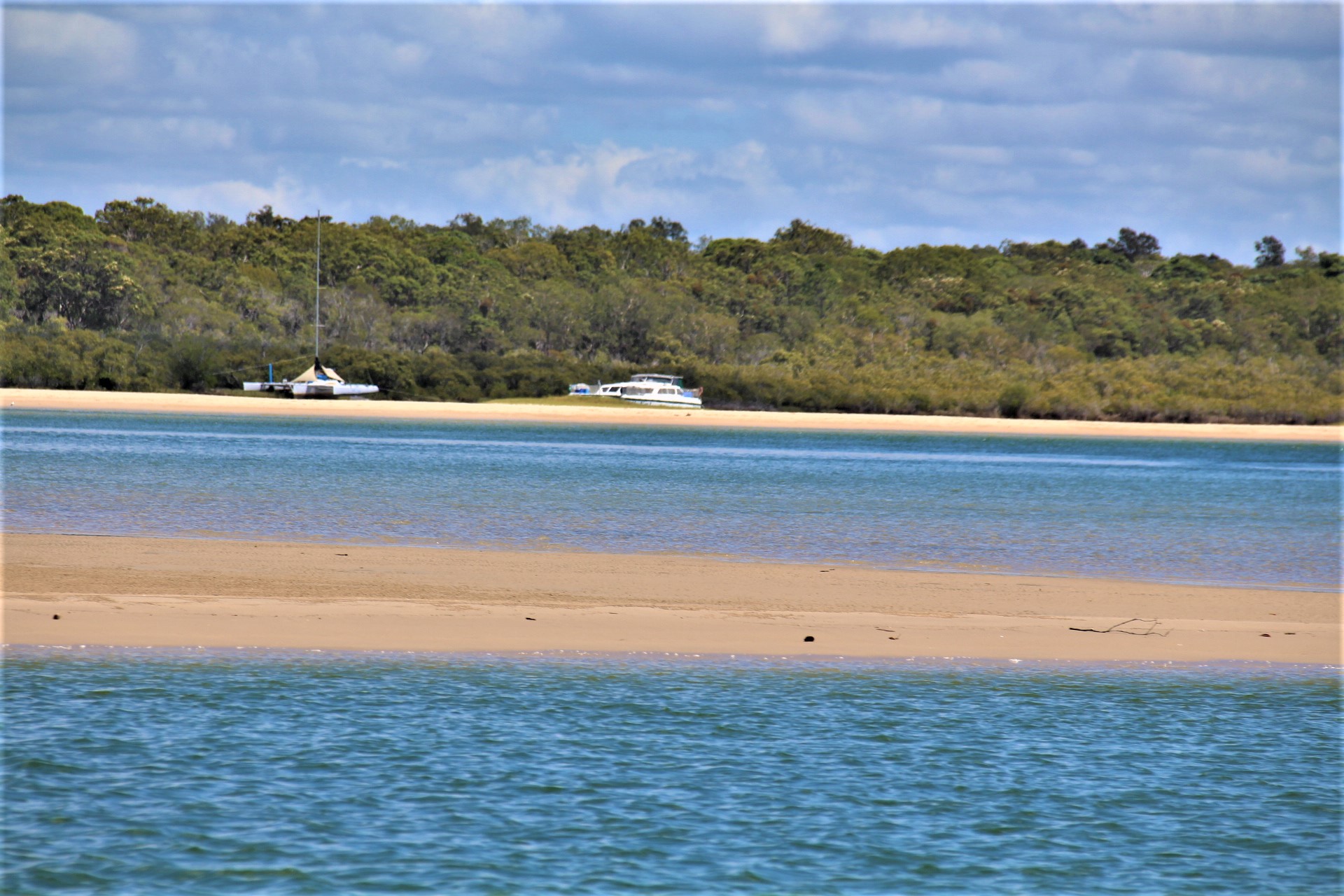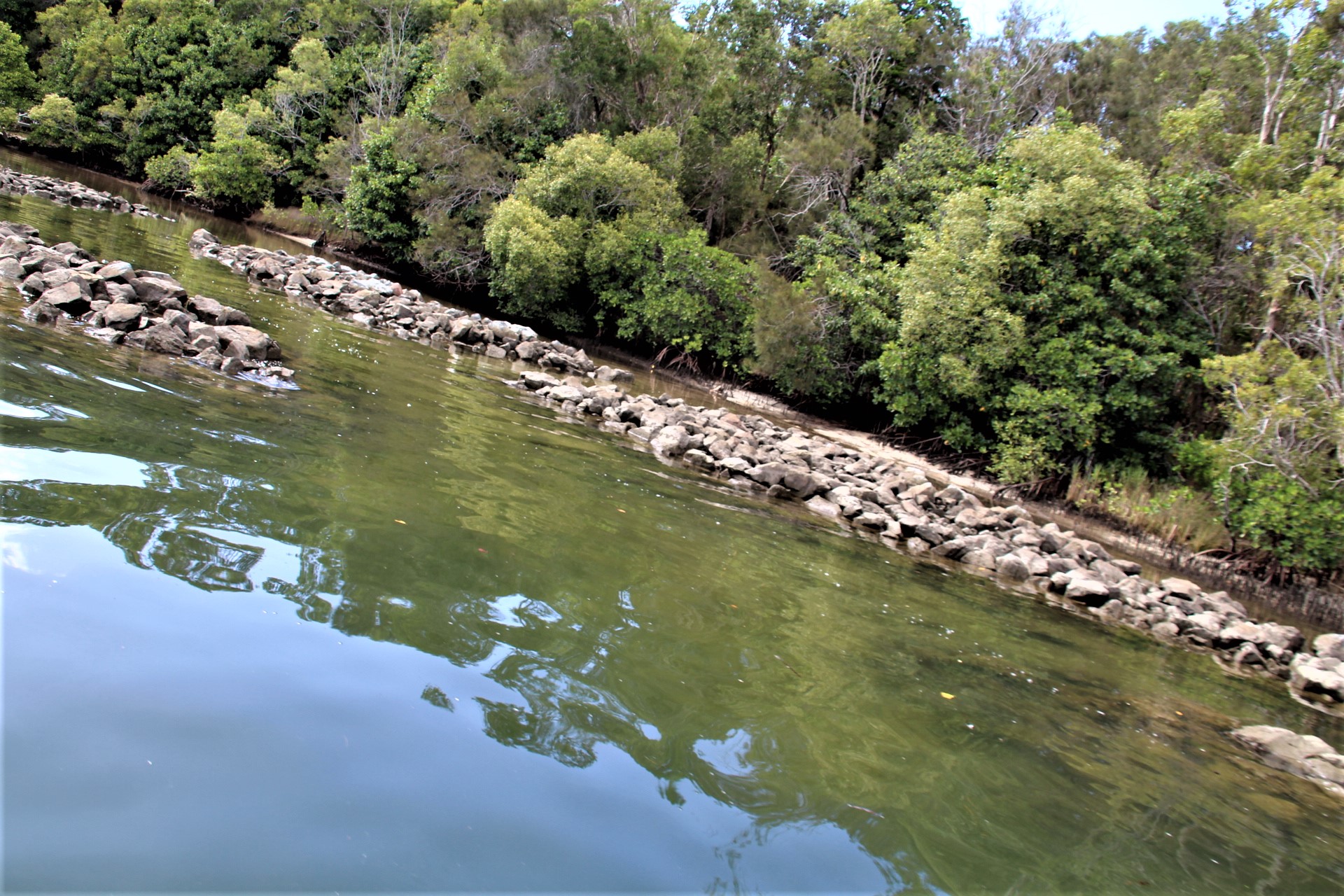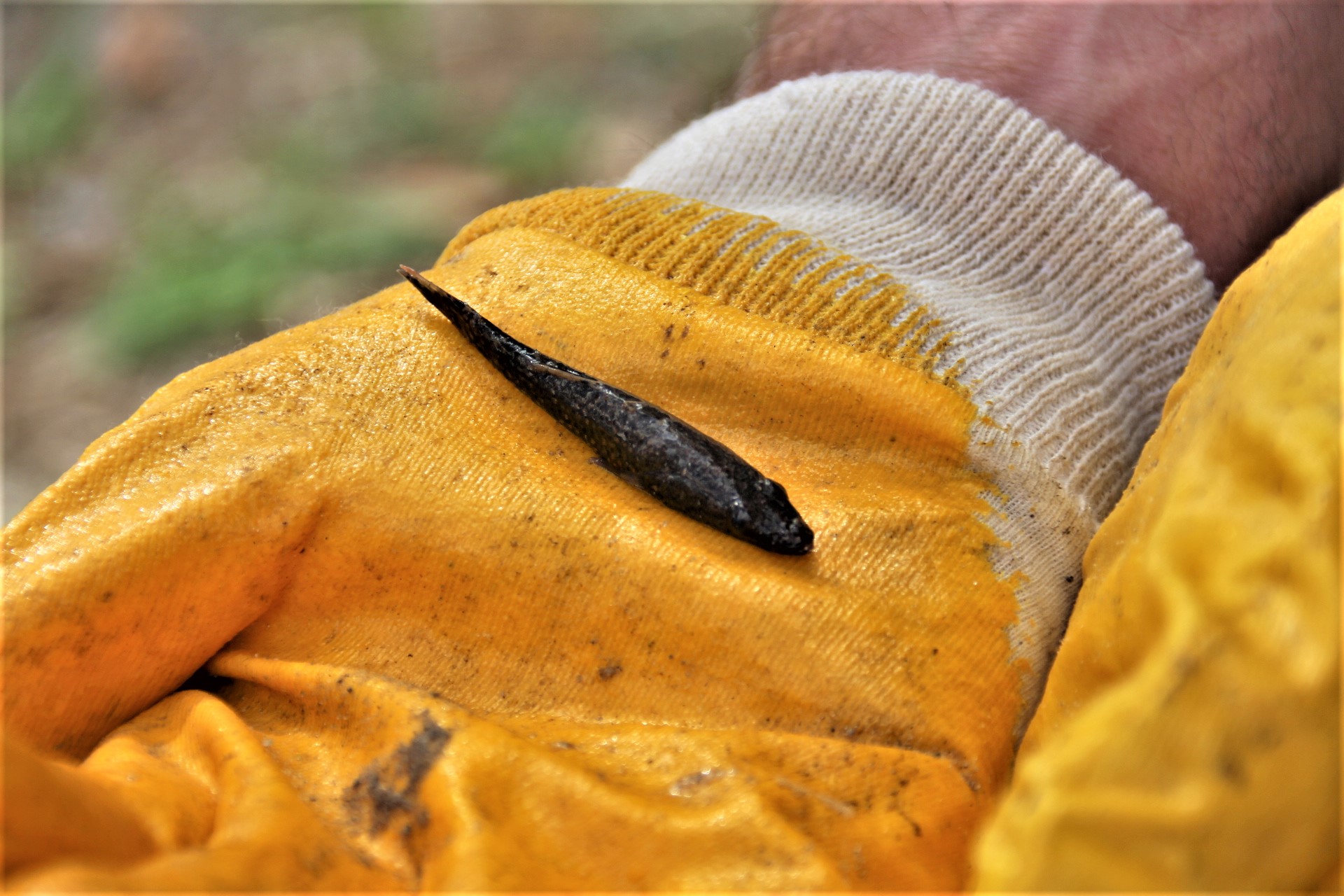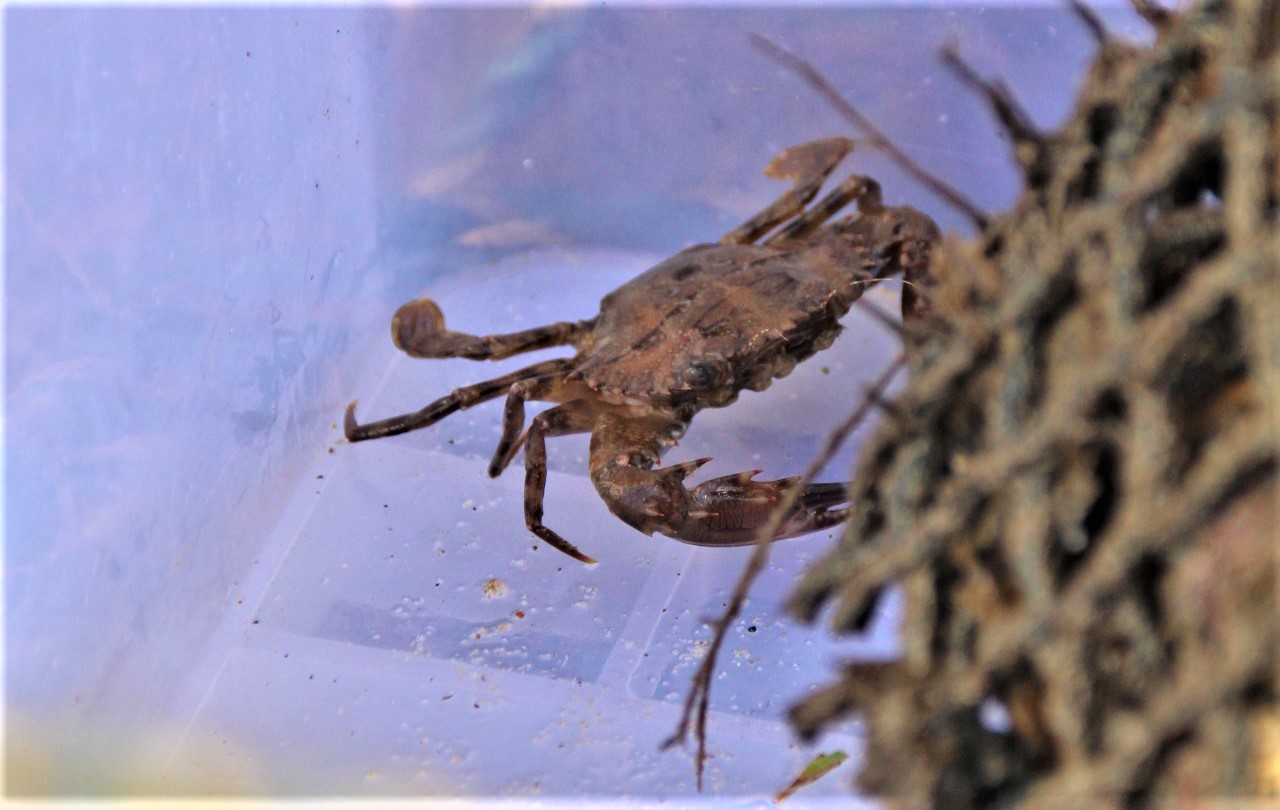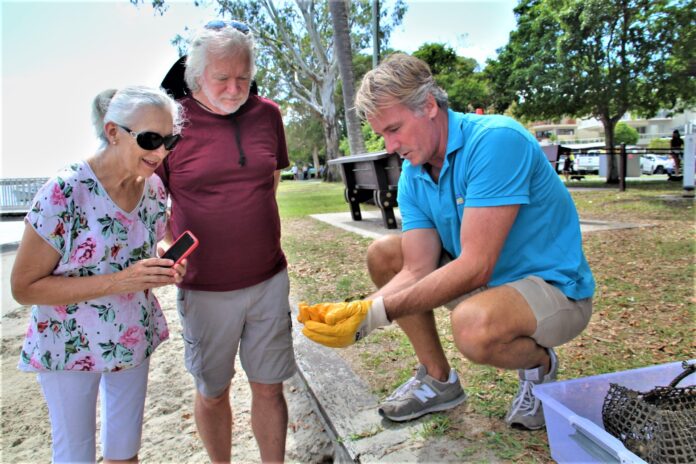Oysters – that’s all a boatload of eager passengers could think about as they cruised the Noosa River, but there wasn’t a menu or seafood buffet in sight.
They were taking part in Tourism Noosa’s first Oyster Gardening – Ecosystem Restoration tour.
The leisurely cruise visited newly constructed rock reefs and ‘hanging basket’ locations in the river that are vital in the fight to support recovery of the region’s endangered rock oyster ecosystems.
The mostly Noosa residents, including one Visitor Information Centre representative, had signed up for the quirky morning adventure, eager to learn more and possibly volunteer for the project.
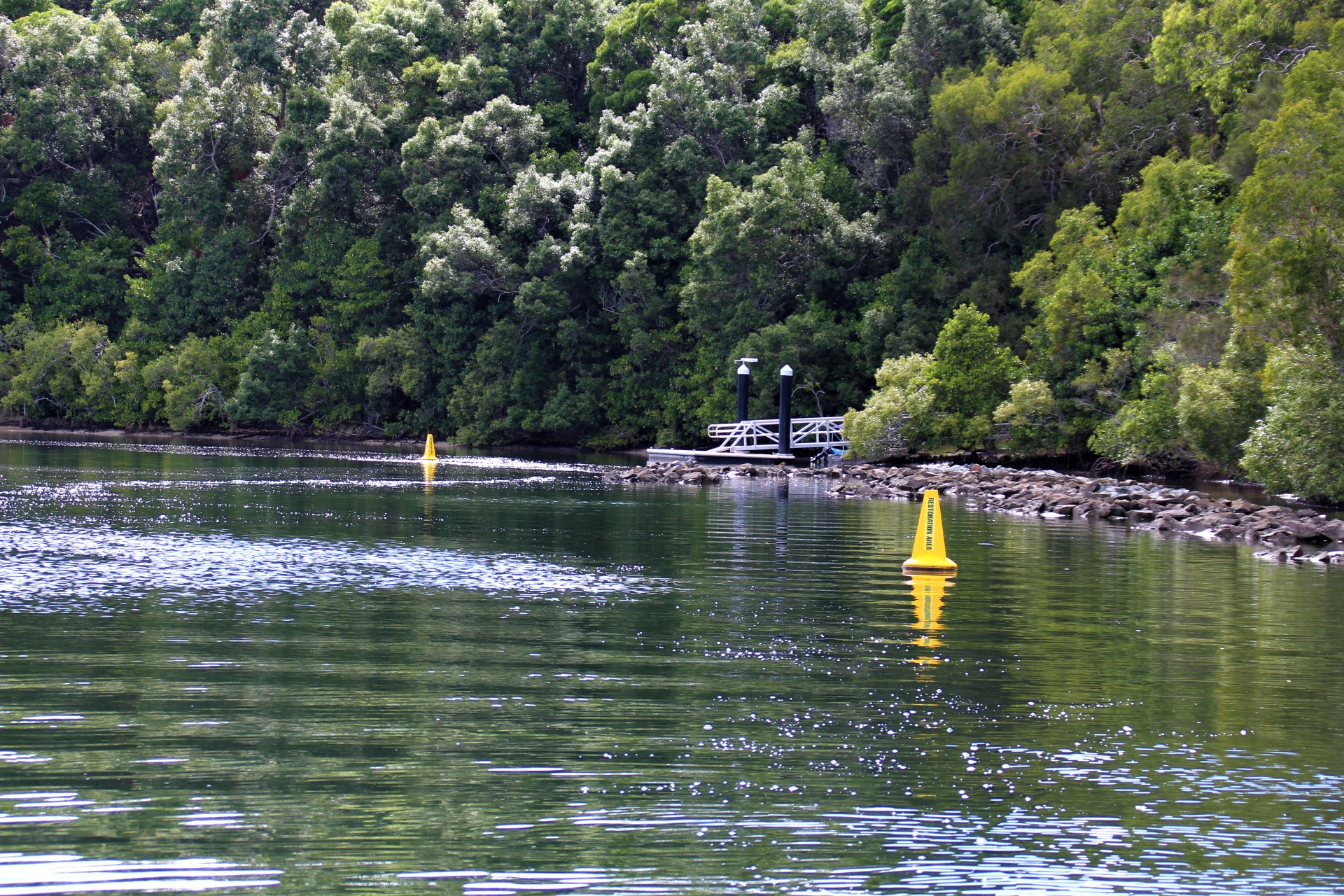
The oyster gardening is one of six environment-based experiences in Tourism Noosa’s Tread Lightly Program.
Tourism Noosa Plastic Free Noosa program manager and oyster gardening volunteer Peita Otterbach said the experiences aimed to educate and raise awareness of the environment, as well as offer some hands-on activities.
SUBSCRIBE here now for our FREE news feed, direct to your inbox daily.
A corporate group was arriving that afternoon to take part in a beach clean-up team-building exercise, while a Trees for Tourism event last year saw about 800 new saplings planted.
“We’re trying to tap into those visitors that want to engage in environmental projects when they’re travelling and leave the place better than when they arrive,” Peita said.
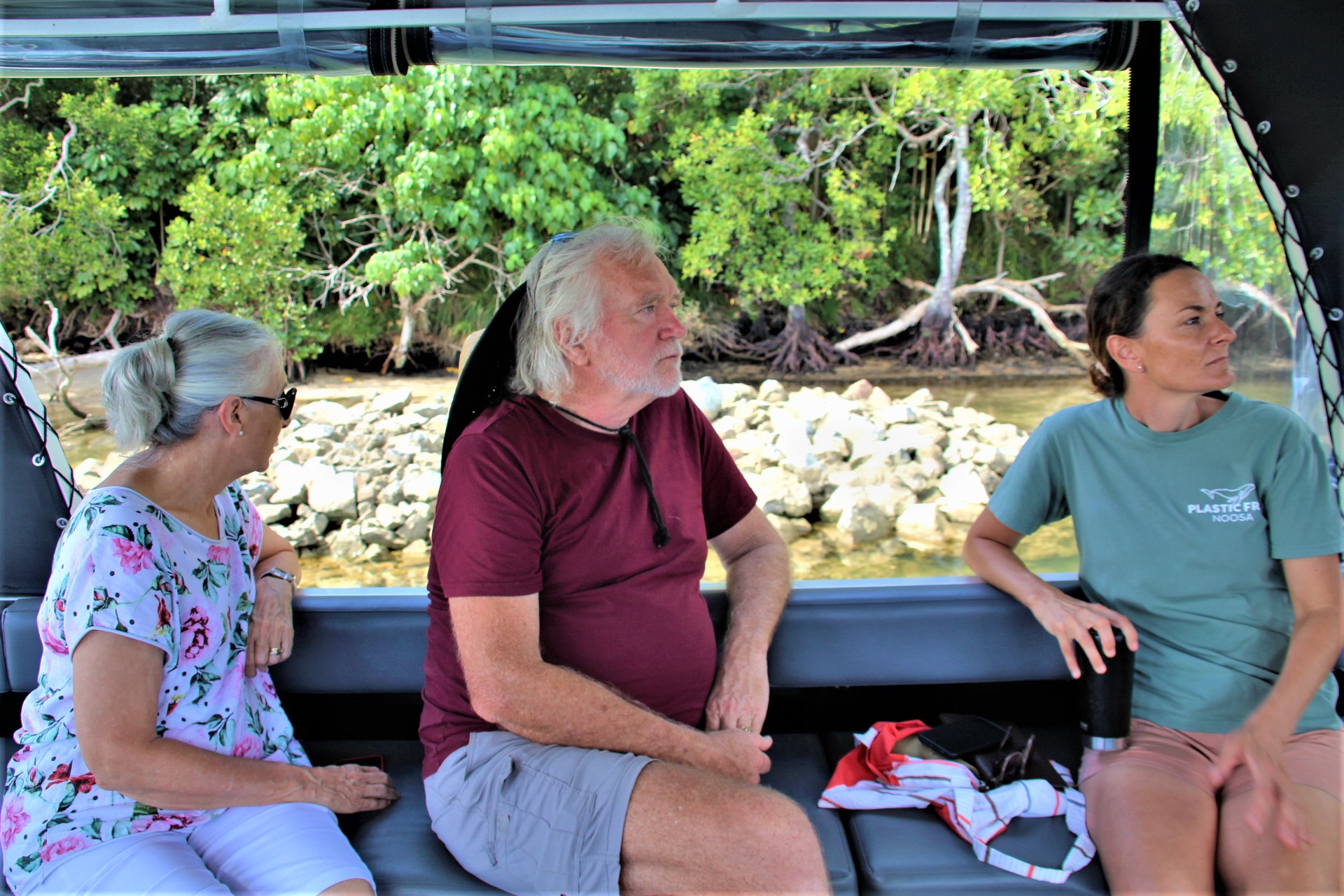
Peita and her two sons, aged 5 and 7, care for two of the 40 oyster gardening baskets currently hanging from private jetties in the river system.
She said the boys had always been fascinated by the river and the various species that lived there – especially crabs, prawns and fish – and signed up after talking to Richard Howard, a volunteer with the Noosa Integrated Catchment Authority (NICA).
“For (the boys), it was just a natural thing. They love it,” she said.
NICA is managing the oyster project for The Nature Conservancy (TNC).
The Nature Conservancy is a global environmental non-profit and non-government organisation making a difference in conservation in more than 70 countries across six continents.
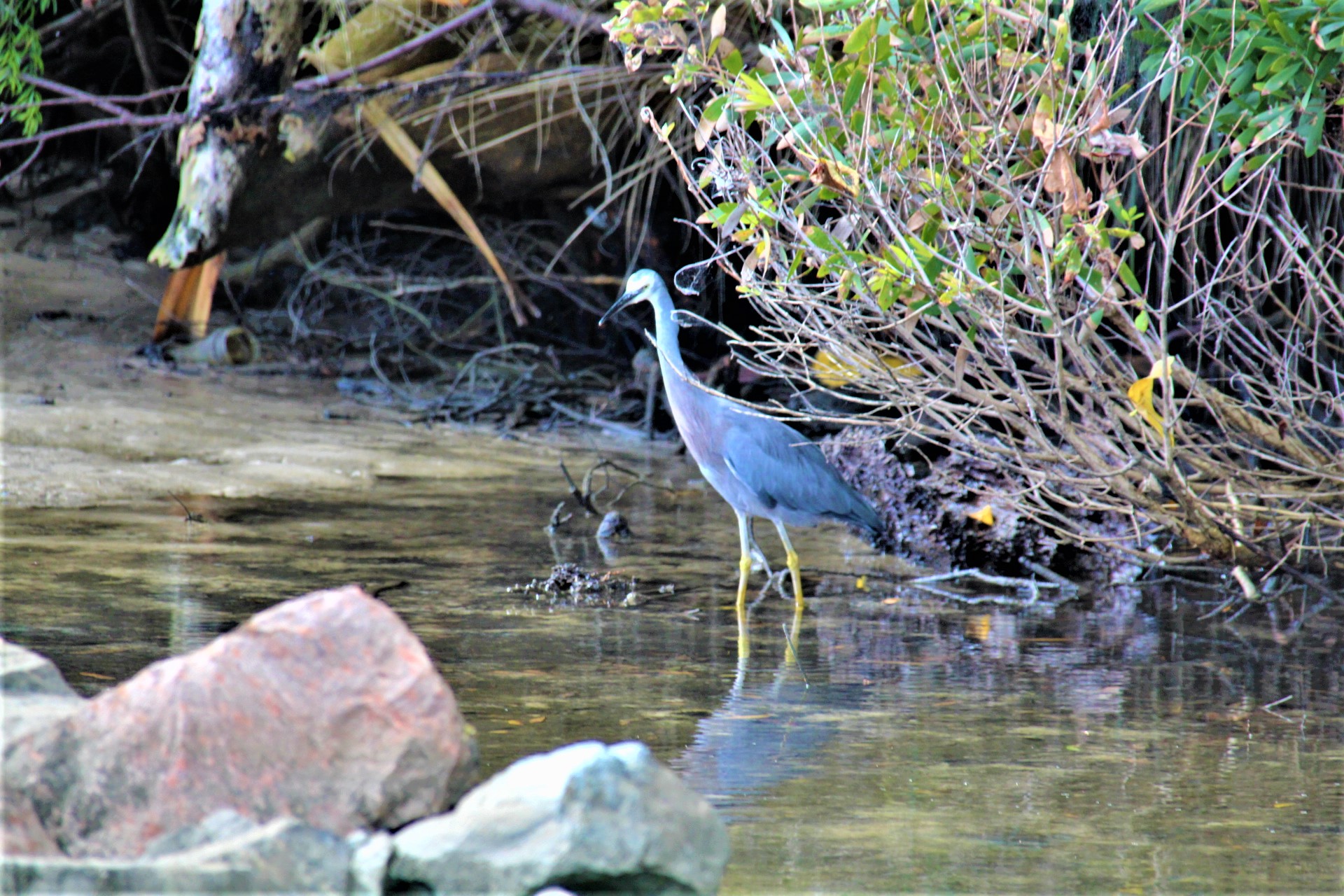
It is working closely with local partners to restore shellfish reef ecosystems around Australia from Noosa to Perth.
The Noosa Oyster Ecosystem Restoration Project is a partnership between TNC Australia, the Noosa Shire Council, the Australian Government and The Thomas Foundation (whose mission is to halt the decline in Australia’s biodiversity). Noosa is one of 13 locations identified for shellfish reef restoration under the Reef Builder initiative: a partnership between TNC and the Australian Government.
TNC’s Queensland oceans co-ordinator and marine scientist Megan Connell, who joined Richard and Peita on board for last Tuesday’s tour, said the Noosa project had developed from community workshop discussions about how best to look after the river into the future.
One of the ideas was to restore some of the natural ecosystems that once contributed to the river’s ecology.
The Kabi Kabi (Gubbi Gubbi) people had harvested oysters sustainably for thousands of years. Clans from all around southern Queensland would attend oyster feasts – one of the highlights of the Indigenous calendar.
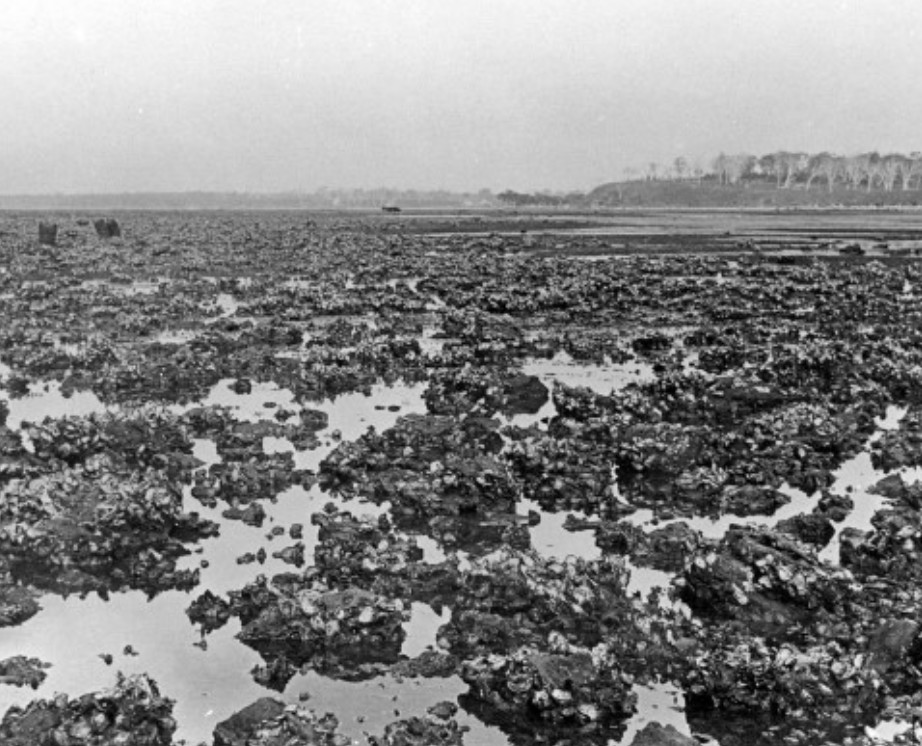
Kabi Kabi have named the reefs, known as “Huon Mundy Reefs”, after one of their great spiritual leaders.
Oysters were still prevalent in Australian estuaries until about 150 years ago but challenges such as sediment runoff, dredging and collection have taken their toll.
Megan and Richard stress that the Noosa project is not about creating oysters for consumption or commercial use but all about restoring ecosystems and improving the biodiversity of the river.
After research and pre-work were done to determine restoration suitability, placement locations and the size of each reef, four oyster reef restoration areas were constructed.
Two are in Noosa Sound, one off Goat Island in the river, and one behind the Noosa Council chambers in Tewantin (culturally significant as the site of the oyster feasts).
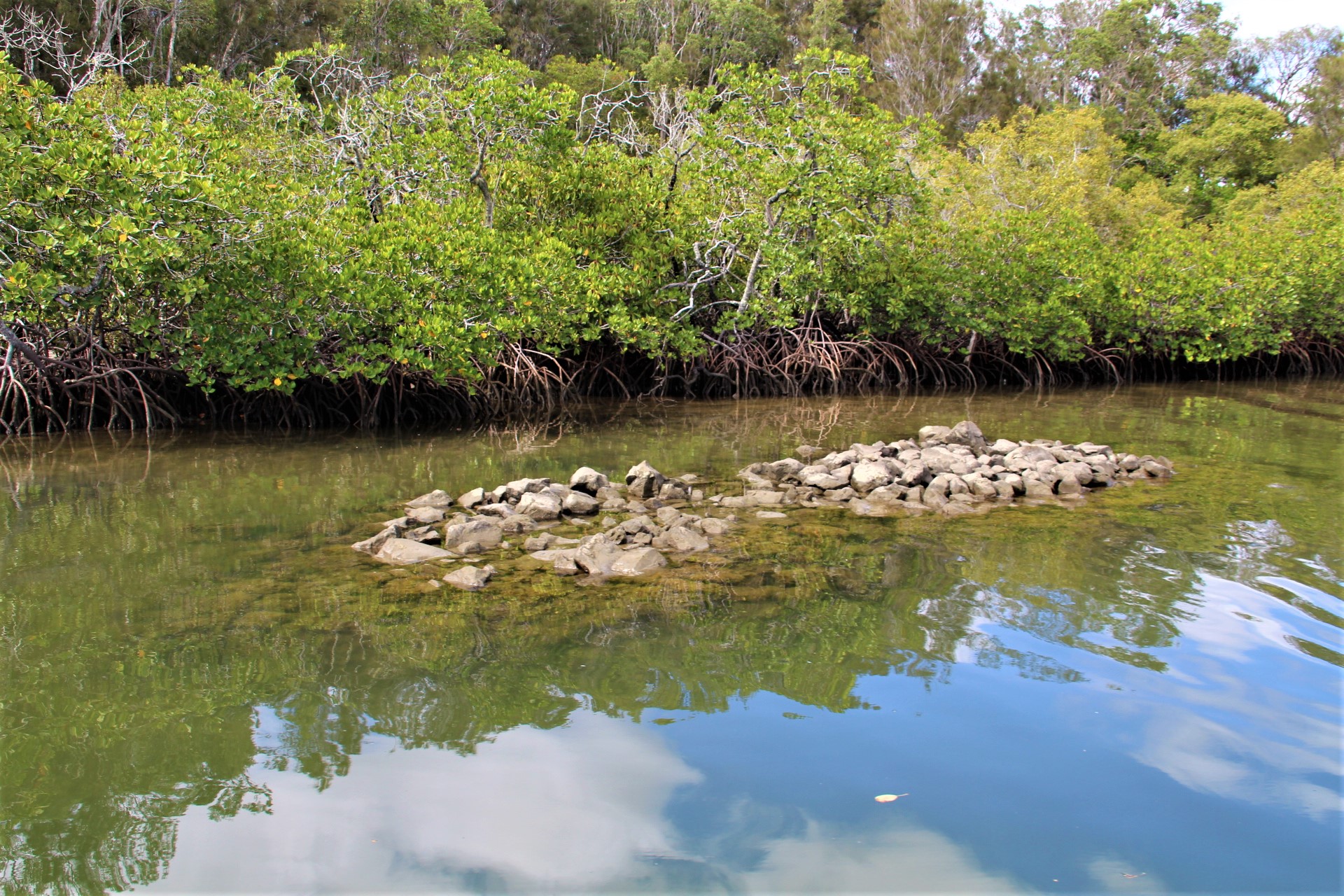
The 32 patches in total used 3.5 tonnes of volcanic rock, locally sourced from Moy Pocket.
Yellow markers with a QR code for more information indicate the presence of each reconstructed reef system, of which Noosa Sound East is the biggest and most complex.
Megan said this was the first time rock oysters had been settled on to recycled shells in an aquaculture project for restoration purposes.
Shells were collected from Noosa restaurants and ‘reconditioned’ in a lengthy process involving drying out to kill bacteria over six months and washing in an industrial-size machine.
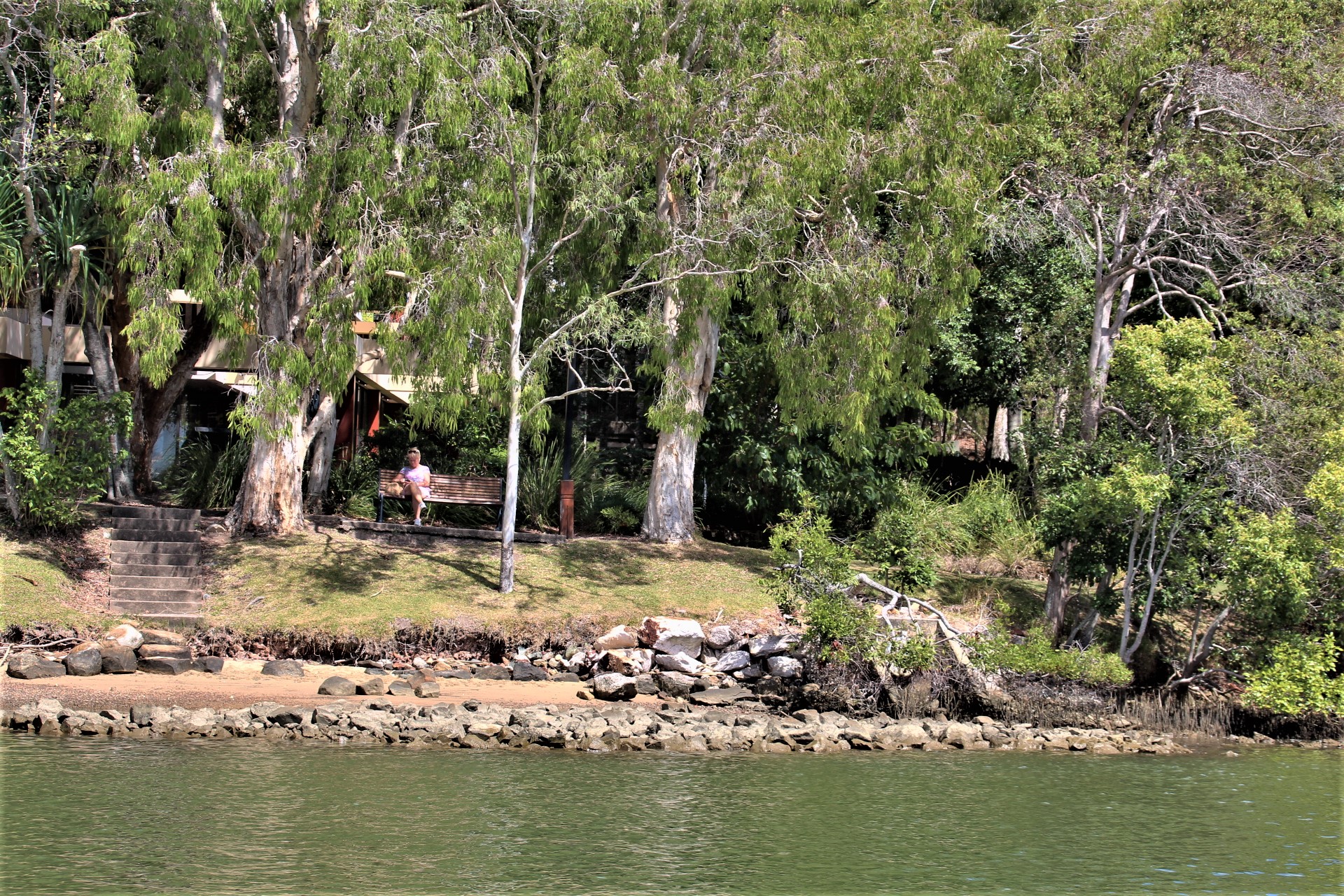
Noosa River oysters were used as the ‘brood’ stock or ‘parents’ for spawning at the Department of Agriculture and Fisheries’ Bribie Island aquaculture research facility.
Elevated summer temperatures and flooding following tropical storms that precede oysters’ natural spawning were simulated at the aquaculture facility.
A total of 120 oysters spawned several million juveniles, only just visible to the naked eye.
More than a tonne of oysters was then carefully hand placed low down on the reefs to ensure the best possible survival of the juveniles from their main predator: bream.
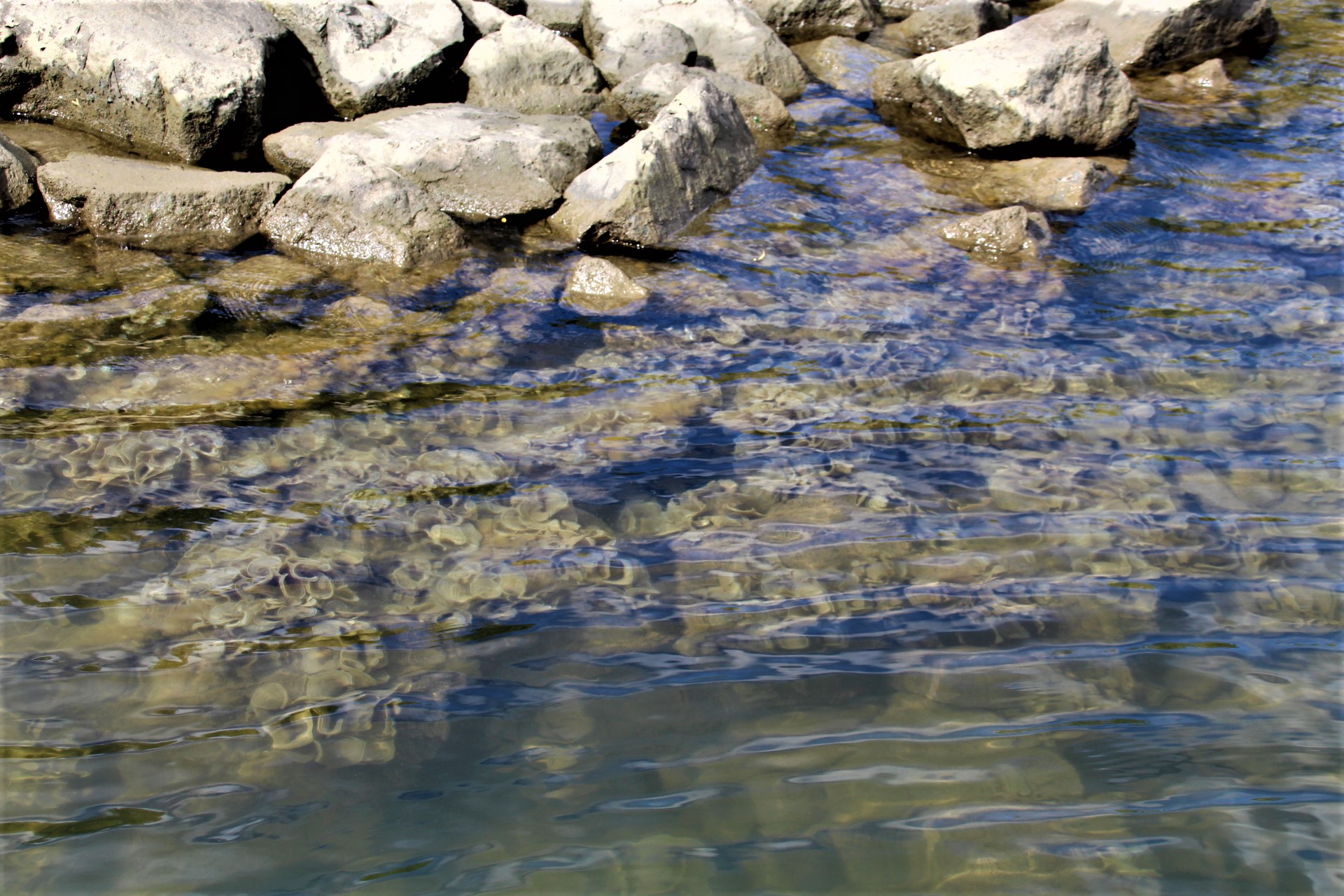
“The reefs’ installation began last July, was completed by September, and new oysters already had begun growing on the rocks by December,” Megan said.
The first official monitoring of the reef will be conducted in April-May.
The oyster reefs already have noticeably proven their worth.
The tour participants could see the reefs providing shelter for other species (the so-called ‘fish hotels’, for example, where small fish hide among the rocks as protection from predators) and drawing others in – including a juvenile stingray and grey egret at one of the Noosa Sound sites.
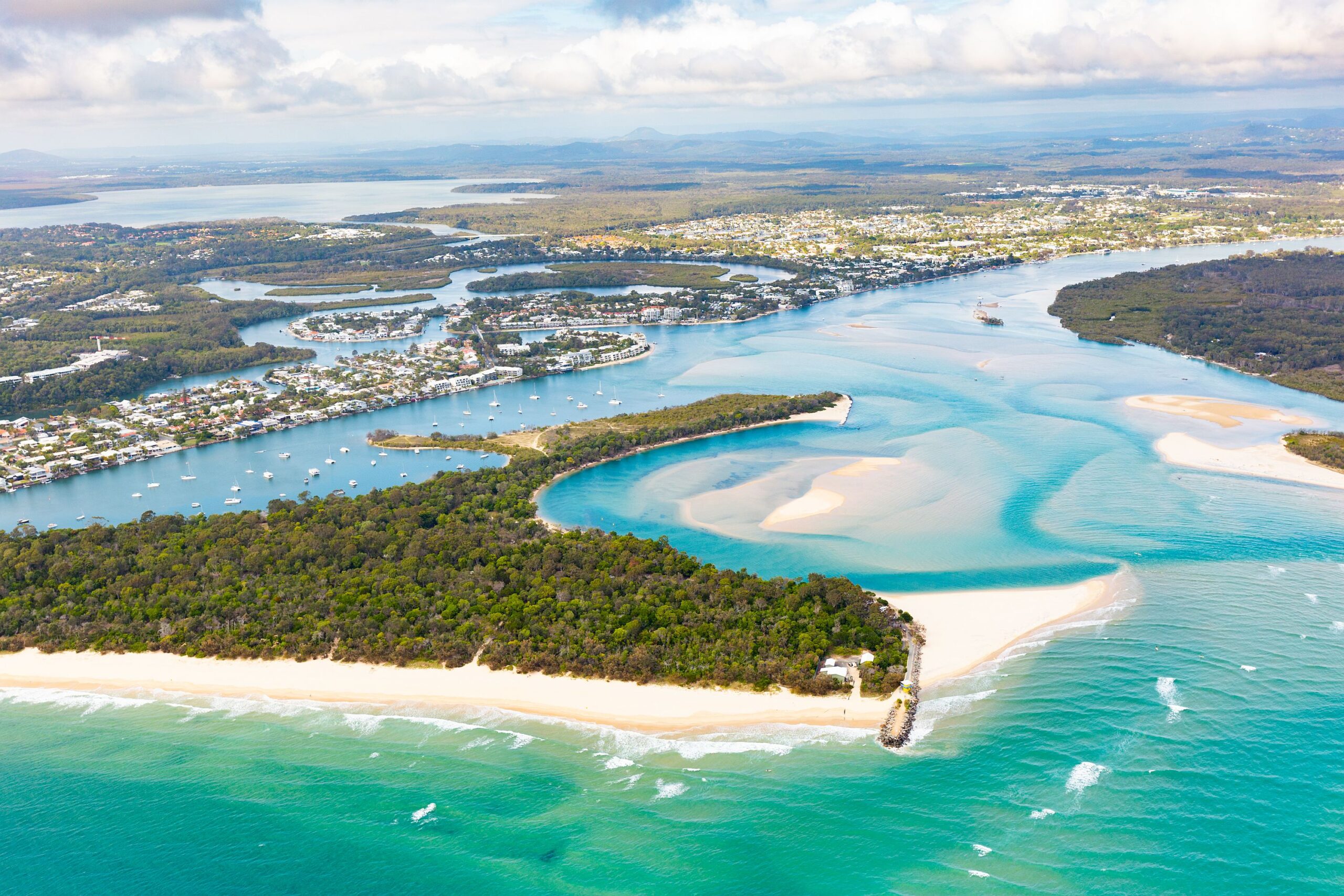
Local journalists supporting local people. Help keep independent and fair Sunshine Coast news coming by subscribing to our free daily news feed. All it requires is your name and email. See SUBSCRIBE at the top of this article.
Megan said project officers and volunteers were continually learning more about the river system.
Richard added that while oysters in other areas can grow in clusters to heights up to three metres on a reef or bridge pylon, Noosa rock oysters will only grow on the top 45cm or so below the high tide mark.
“If you give the oyster a place to attach, they are quite successful,” Richard said.
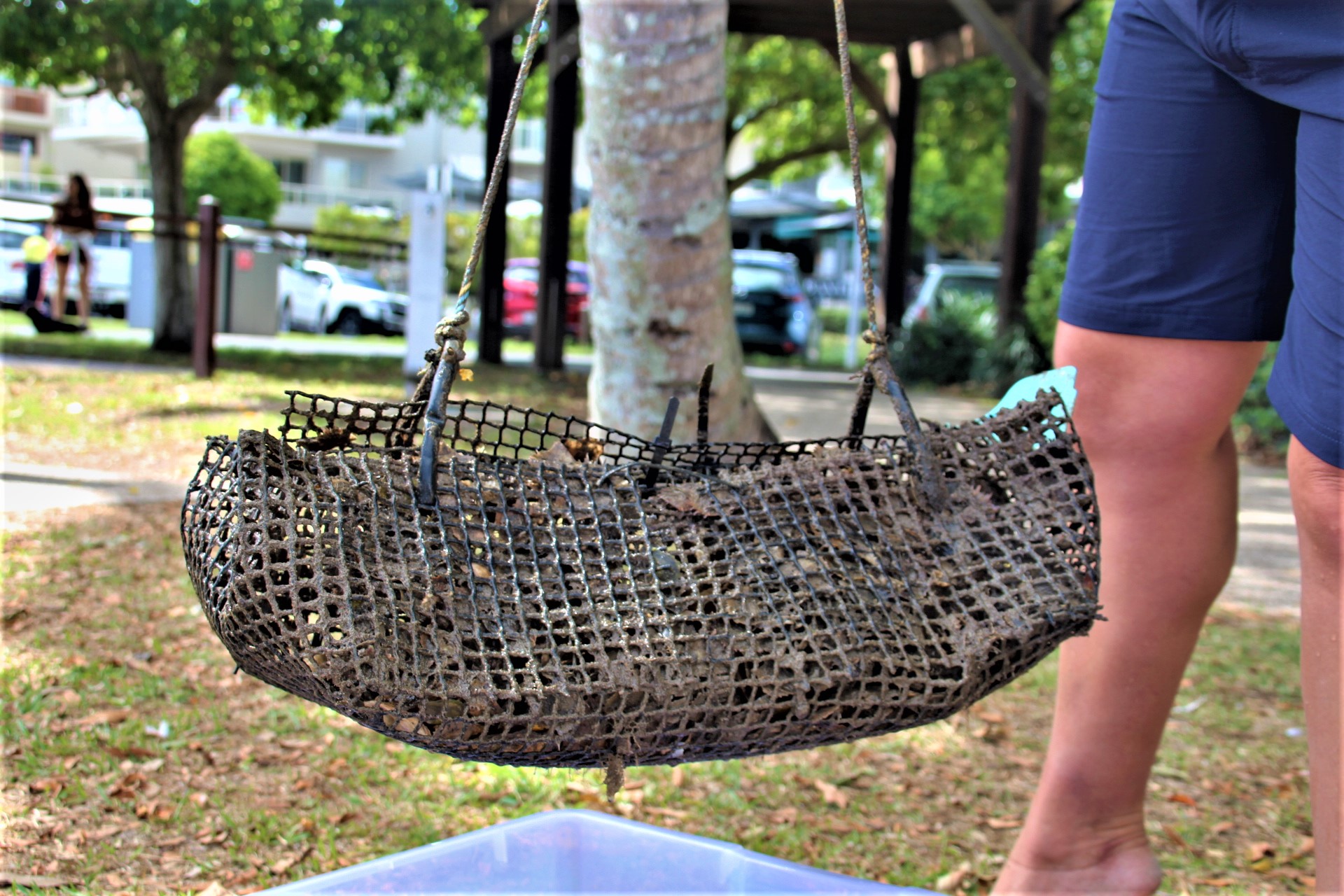
“Why do they only grow to that height? It could be sediment, the physical chemistry of the water – we don’t know at this moment.”
A beach landing offered a chance for the tour participants to learn about the oyster gardening and how Noosa residents can help.
Richard said the oyster gardening had already proved popular, with 40 baskets in 20 locations – from Tewantin, Noosaville and Noosa Waters to the North Shore including exclusive Makepeace Island.
“People can hang it off their jetty and monitor the basket and observe,” he said.
Richard said each basket – a mini ecosystem in itself – needed to be placed in the intertidal zone for clean water flow.
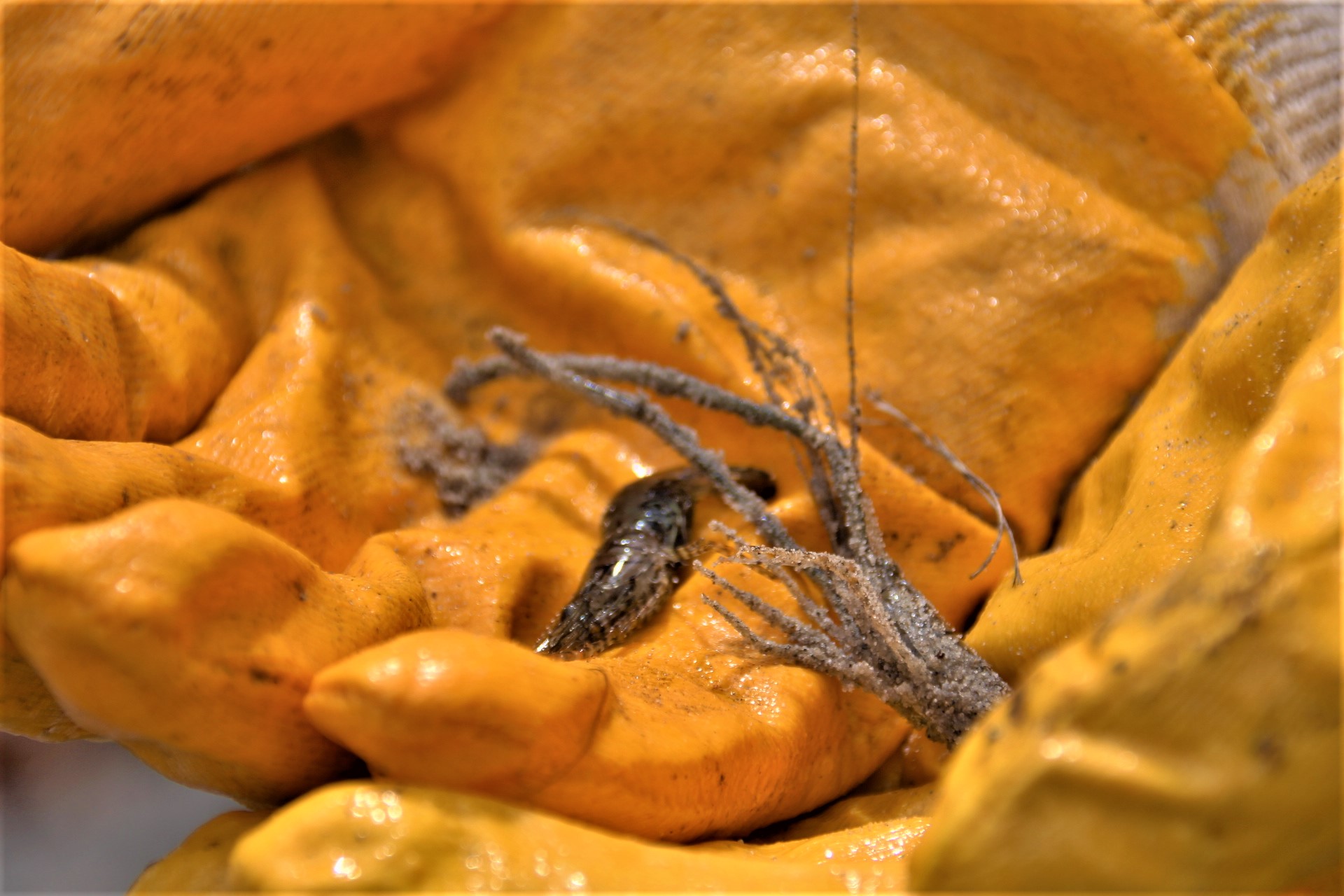
One of the oyster baskets hanging off a nearby jetty has attracted an exciting mix of other species including small crabs, an Australian stripey fish, glass shrimps, a pistol shrimp (that boasts one claw longer than the other with a lightning-fast punch), flat worms and corraline algae.
Most importantly, shells have ‘recruited’ new oyster growth and hairy mussels – as well as many fully formed oysters.
Megan said the contents of the baskets would be placed on the reefs in spring.
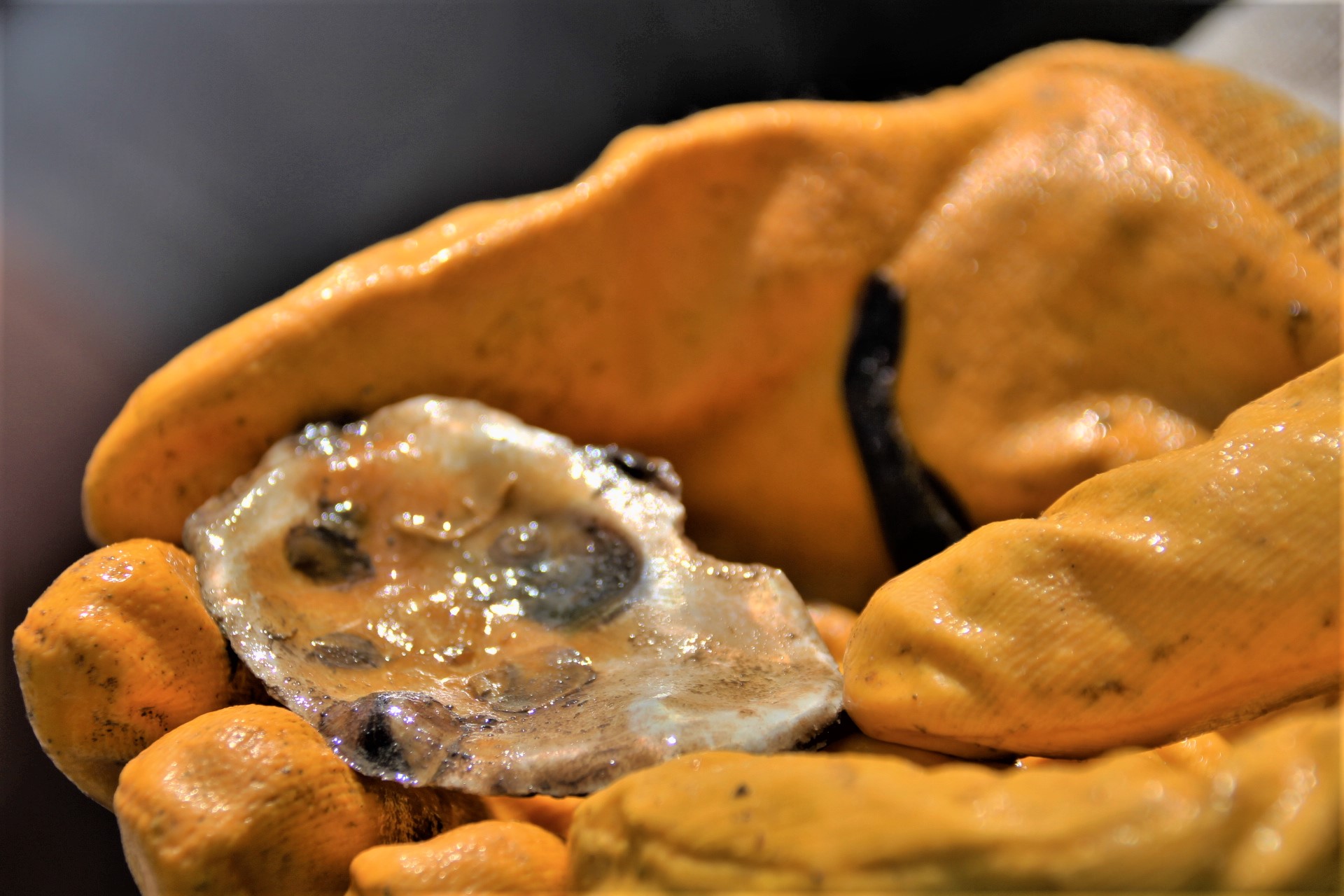
“It’s amazing what a little oyster can do,” she said.
“They are the structure, the real ecosystem engineers of the Huon Mundy Reefs.”
For further information on the Tread Lightly Program that also covers shorebird watching, Waste Warrior crews at major events plus bush care and weed control, visit the Tourism Noosa website.
DOWN BY THE RIVER
